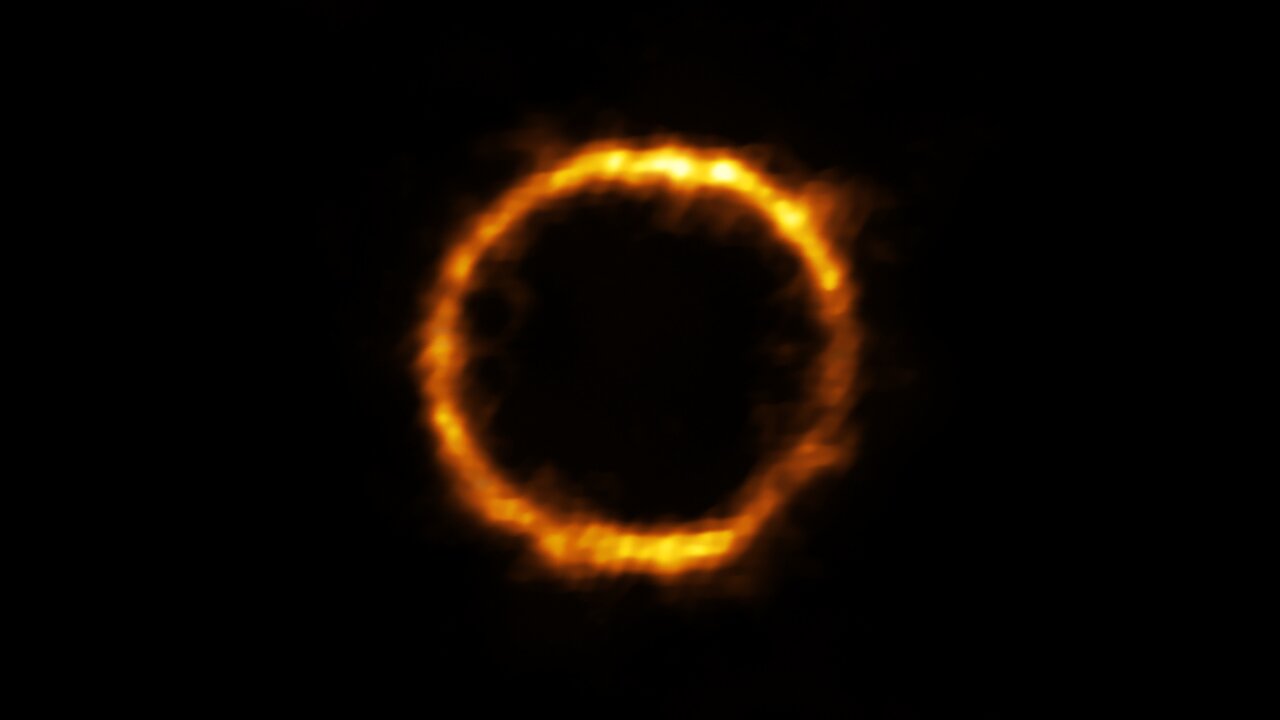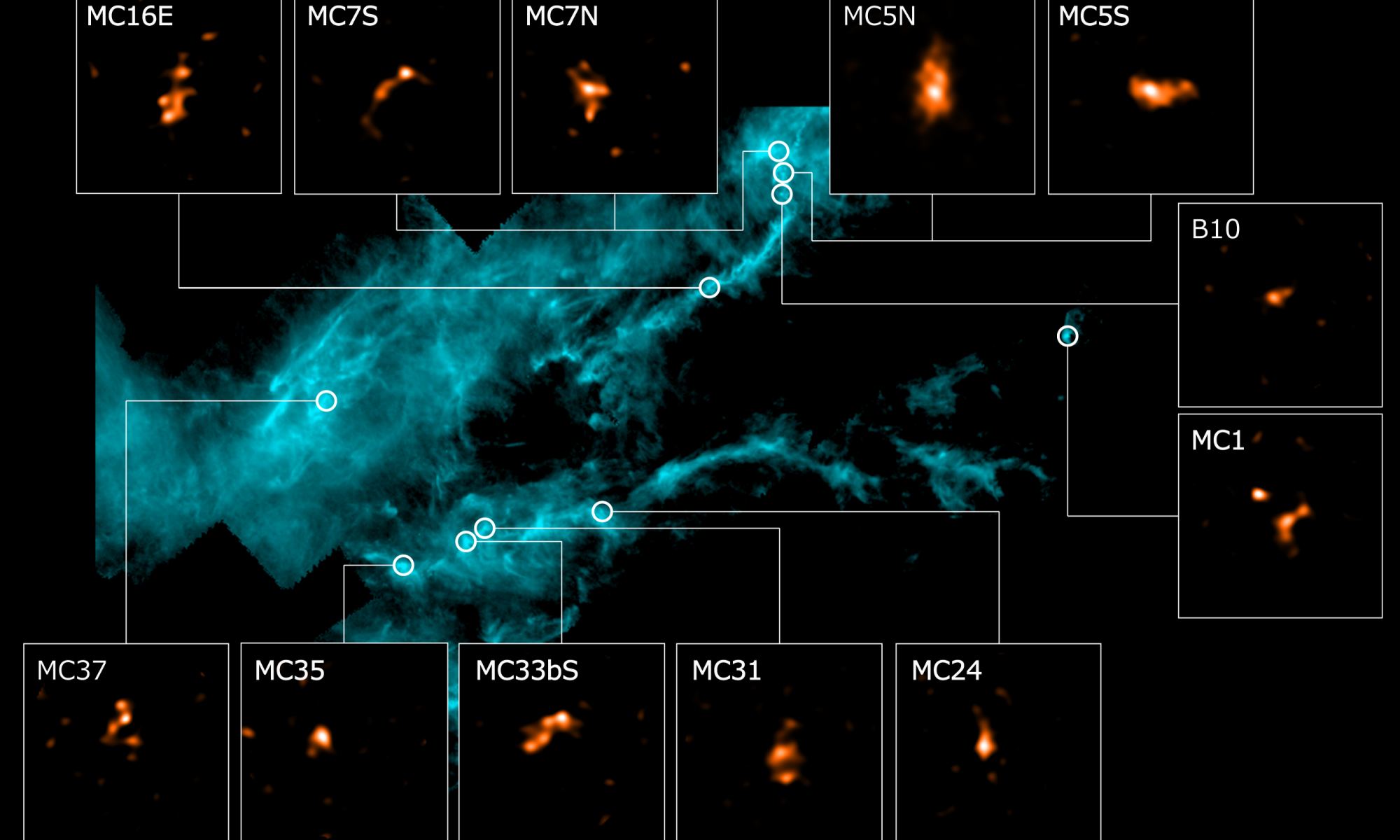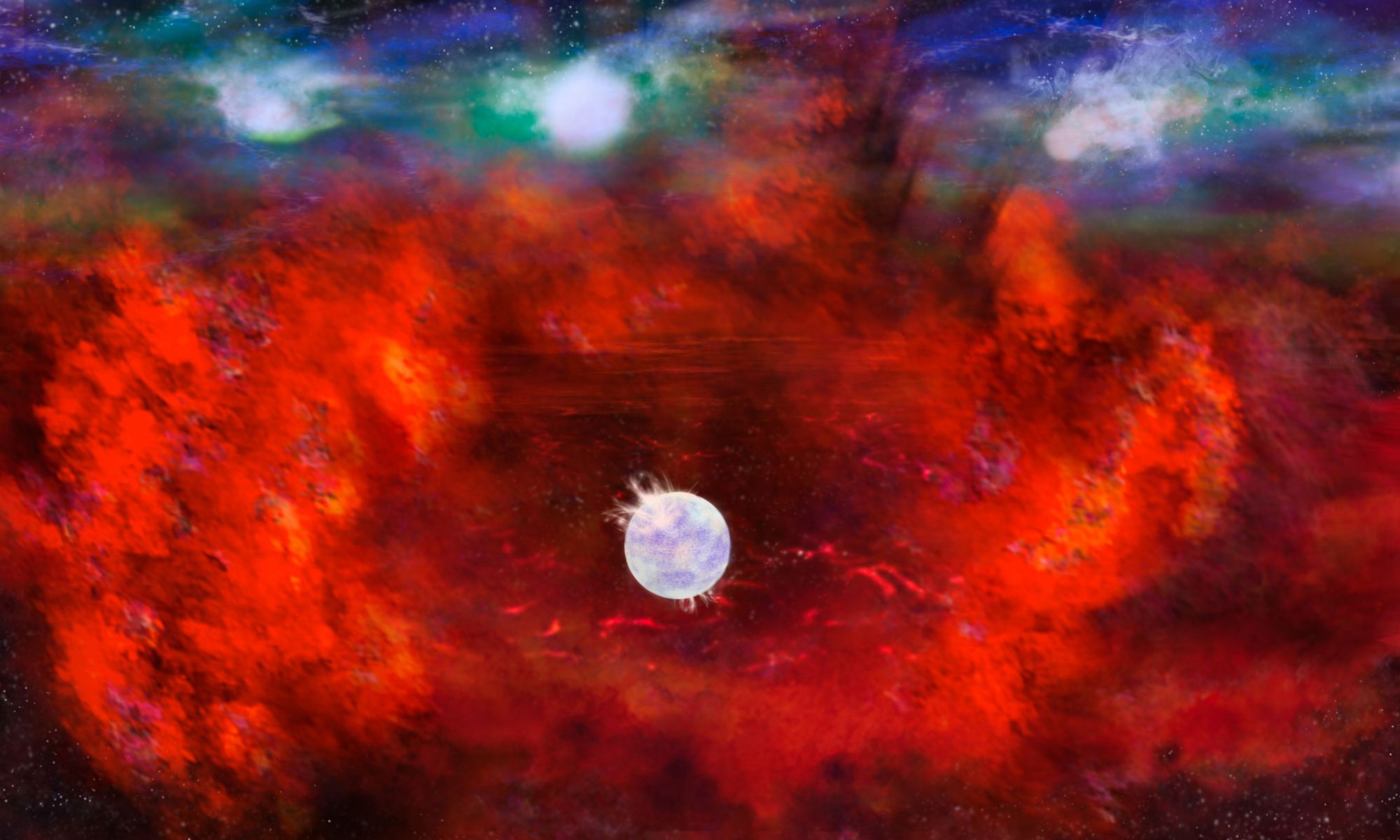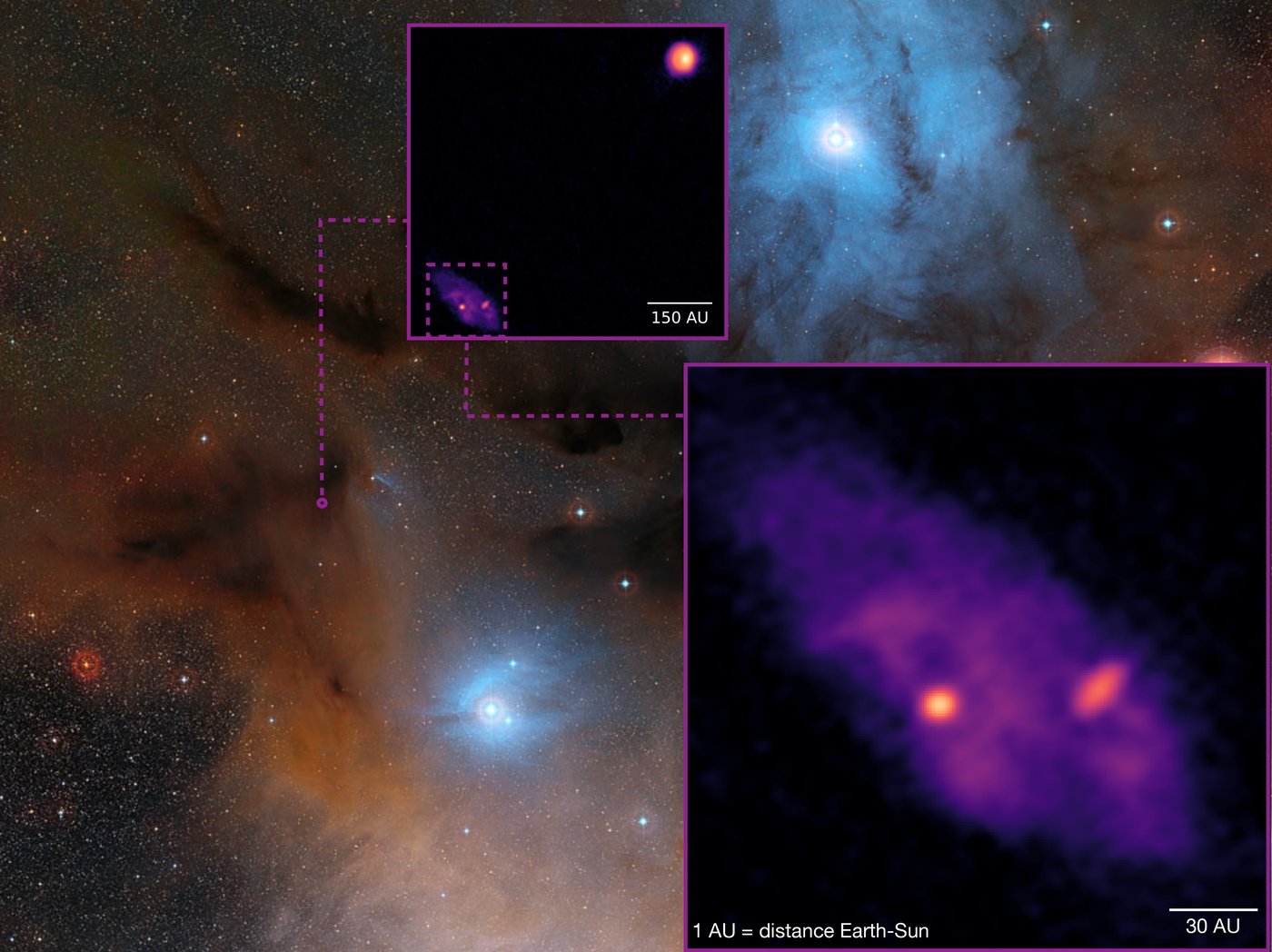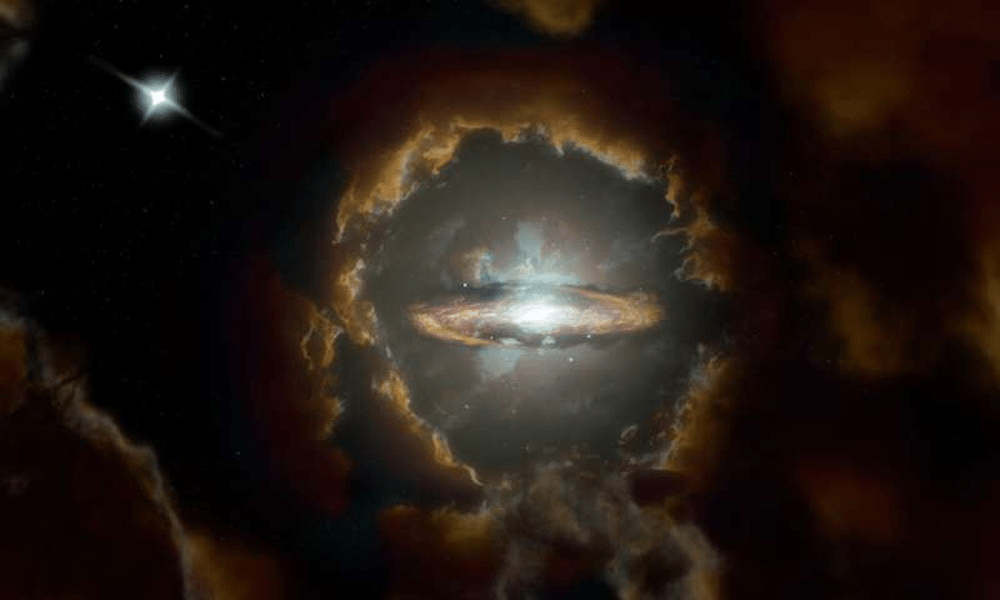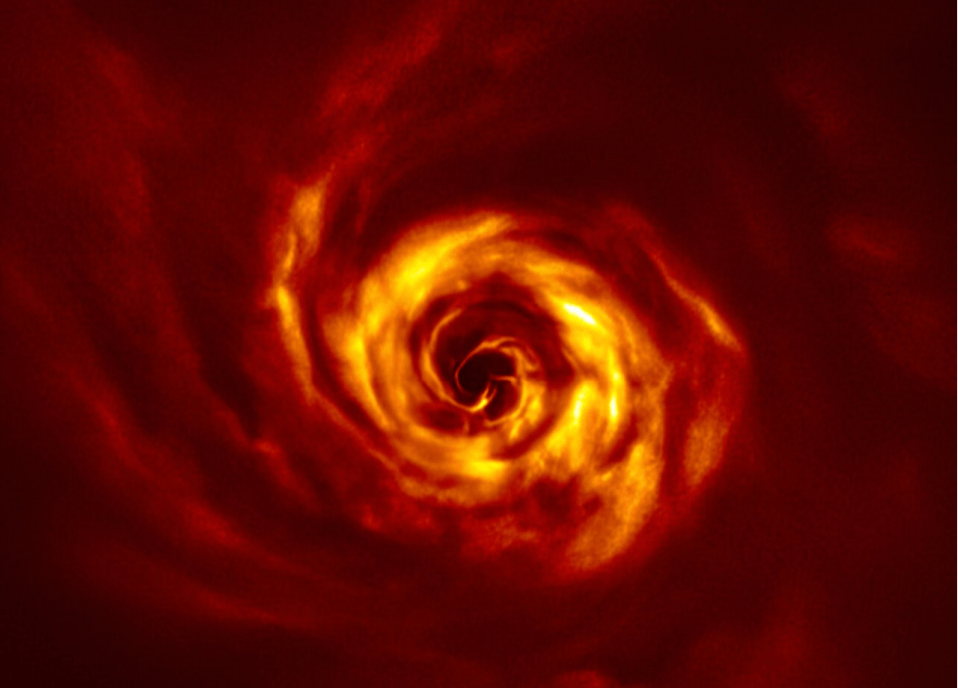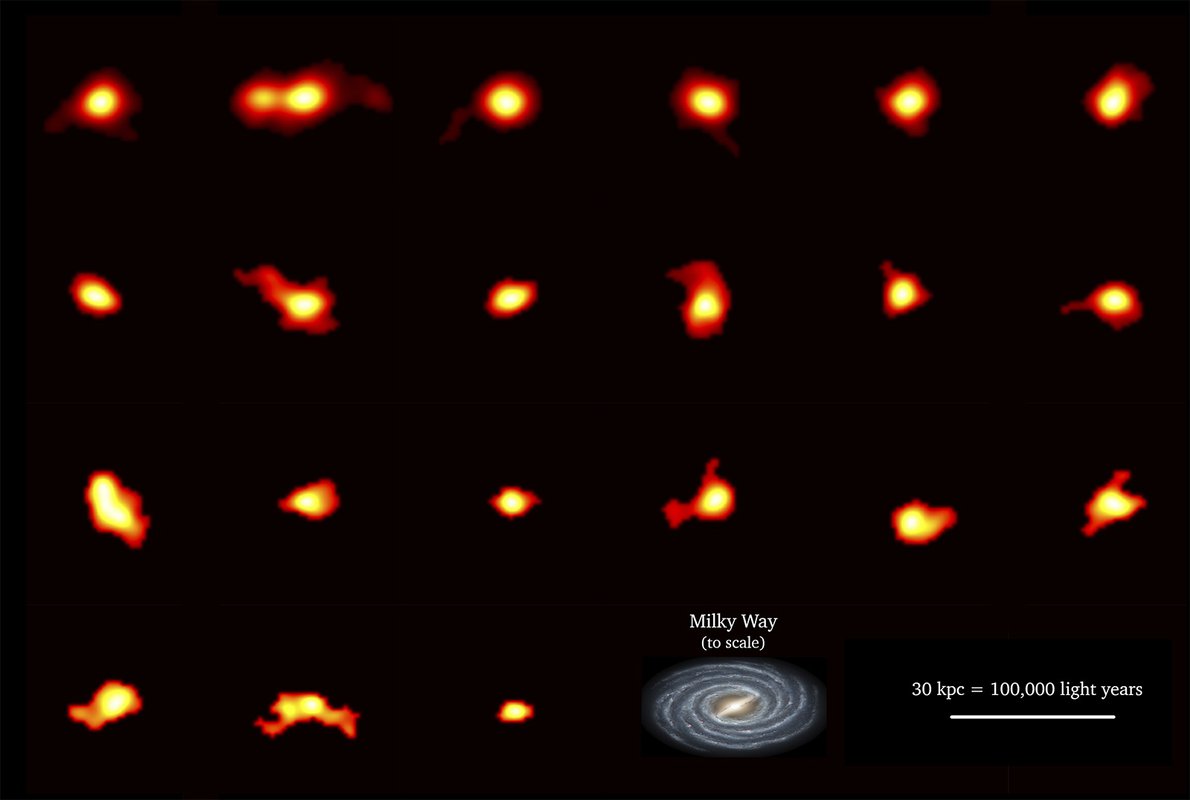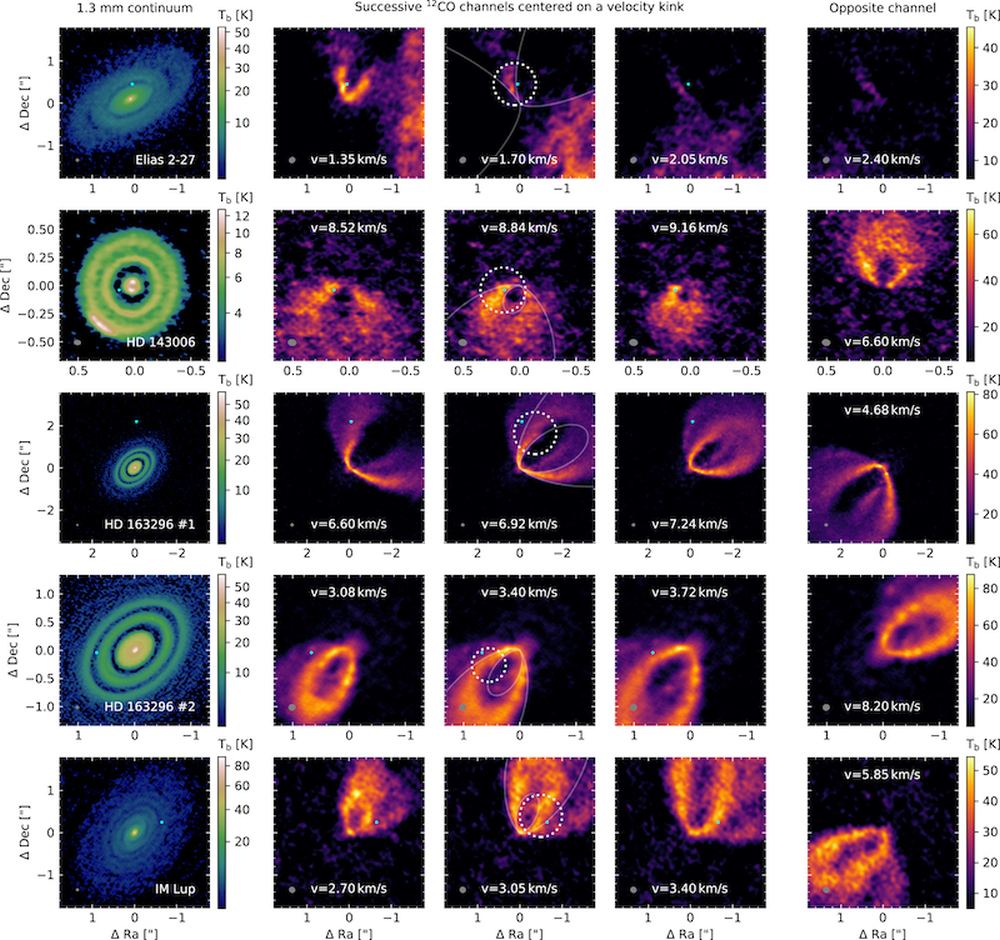A team of scientists has just published a paper announcing their discovery of a peculiar chemical in the cloudtops of Venus. As far as scientists can tell, this chemical, called phosphine, could only be produced by living processes on a planet like Venus. So the whole internet is jumping on this story.
But did they find signs of life? Or is there another explanation?
Continue reading “Did Scientists Just Find Signs of Life on Venus?”

